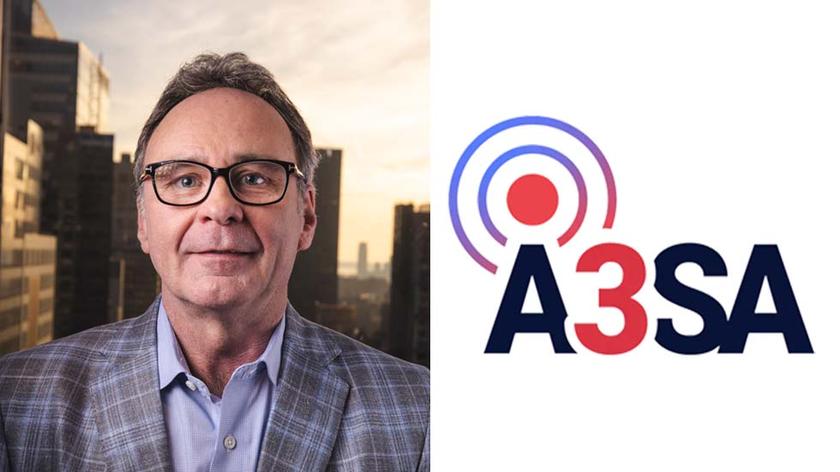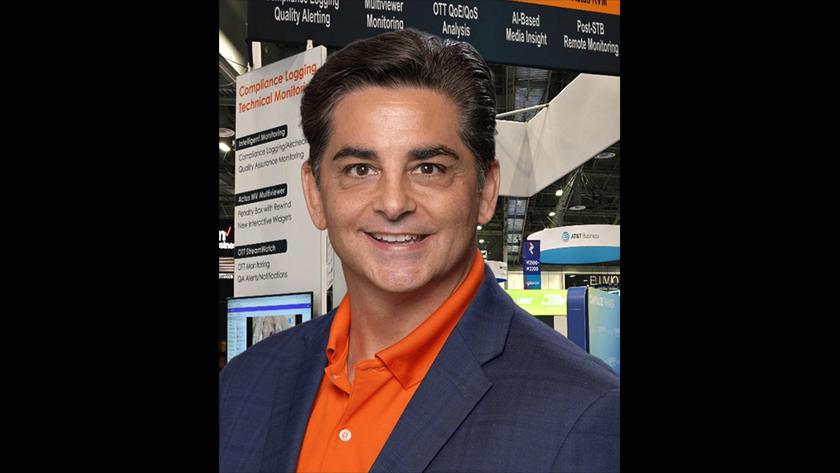Carr Raises Possibility of ‘Incentive Auction 2.0’
FCC Commissioner hints of another spectrum auction during ATSC's annual meeting
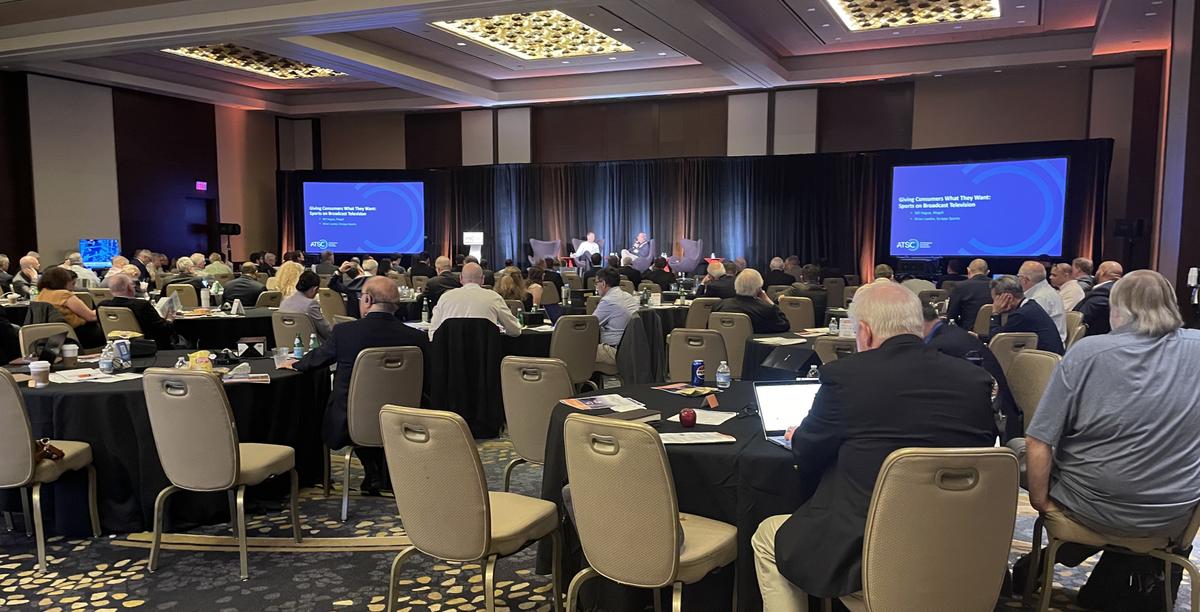
At its annual meeting last week the Advanced Television Systems Committee announced a number of new developments, including a new branding campaign, mission statement and updates on its efforts to expand adoption of the ATSC 3.0 (aka NextGen TV) internationally as well as the campaign to sunset 1.0. But it was perhaps a comment from FCC Commissioner Brendon Carr in a discussion with ATSC President Madeleine Noland that garnered the most attention.
In a Q&A with Noland, Carr compared the transition from the current ATSC 1.0 standard to 3.0 to the evolution of the mobile wireless industry and, with many broadcasters eager to shut down 1.0 to provide more bandwidth for 3.0, what could happen after the 1.0 sunset. Like wireless, the transition to 3.0 is taking a lightly-regulated, market-based approach, which Carr agreed with.
“The transition that we see in technologies from a wireless approach is one that we should take here,” Carr said, referring to 3.0. “We largely trust the mobile wireless industry to handle those upgrades in technology… you're getting the playbook here.”
“We have to get to a point of a level regulatory playing field and increased investment,” Carr added. “In broadcasting, we have to allow this flash cut to 3.0 by a date certain and forthrightly and we also need to really consider competition in D.C. around potentially an ‘incentive auction 2.0’ as well.”
Carr elaborated by noting that, when it comes to another auction, “it is important to start to have a conversation about whether there is interest both on the broadcast side and on the commercial wireless side,” adding that “there's no secret in D.C. that we are a little shy on spectrum right now when you look at the cupboards. We've moved a lot of spectrum in the last administration, not so much during this administration.
“So I do think as we look across the board, there's obviously a lot of folks on the mid-band spectrum,” he continued. “We had a lot of focus on high band spectrum, low band spectrum, and that was considered coverage spectrum. But I do think it's part of the conversation to start to discuss whether again on a voluntary basis, that it makes sense to start thinking about an incentive auction.”
New Branding and Task Force Update
Opening the meeting, President Noland announced a new branding campaign and mission statement for the ATSC, which manages the development of advanced television standards primarily in the U.S., with the goal of expanding adoption worldwide.
Get the TV Tech Newsletter
The professional video industry's #1 source for news, trends and product and tech information. Sign up below.
“ATSC is proudly unveiling a new tagline, brand mission and vision along with a modernized logo. Our mission is to empower the broadcasting ecosystem through innovation and collaboration. And our vision is to enable a more connected world that unlocks the full potential of broadcasting.”
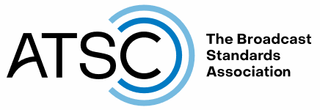
As of now, the ATSC will now be referred to as “ATSC - The Broadcast Standards Association,” Noland said. “The changes in the way ATSC envisions itself reflect the new developments taking place in the industry all around us and the U.S. broadcasters are taking advantage of new technologies offering compelling upgrades to free to air services. And at the same time, they're establishing new business units that are unlocking the potential of datacasting as a service.”
Noland also provided members with a progress report on 3.0. “Over 100 models of NextGen TVs are available for consumers to choose from, with another major manufacturer anticipated to launch products for NextGen audiences this year. I'm not allowed to say who that manufacturer is but you can do the math,” she hinted. “And with 75 markets launched reaching approximately 75% of U.S. households, we're seeing national companies exercise the capabilities of ATSC 3.0,” Noland said, noting NBC’s recent announcement that it is offering 3.0 ancillary services such as hyper-localization and start over features from its O&O’s to 3.0 viewers.
Noland announced that Puerto Rico has adopted ATSC 3.0 and that emergency alert testing is set to take place in Calgary as well as potentially Winnipeg. She also announced the formation of the ATSC Expert Group on 3GPP.
"There are several ideas across various stakeholders within ATSC membership about powerful synergies between ATSC and 3GPP technologies for mobile broadcasting to broadcast traffic offload, and more," Noland said. "To make meaningful progress on these ideas there needs to be close coordination among ATSC members. By organizing interested ATSC stakeholders we can effectively liaise with 3GPP, the new group will be open to all ATSC members and will be led by Mr. Thomas Janner of Rohde & Schwarz."
Noland also announced the formation of the ATSC Business Advisory Council led by Mary Crebassa of LTN Global.
"This new council will provide the board with strategic advice from the point of view of business applications and requirements and guidance on technical projects of highest interest as ATSC stakeholders and business goals, potentially including guidance about how best to structure and promote release cycles or ATSC standards," Noland said.
"Members of this council will be appointed by the board with a goal of the group be comprised of people who are primarily business focused within their respective organizations, and together represent various regions around the world and span the myriad industries within the broadcast ecosystem," she added.
NAB President Curtis LeGeyt updated members on the association’s leadership role in the “Future of TV” task force initiated by the FCC, which includes representatives from the broadcast, manufacturing and related media industries currently meeting in D.C. to negotiate the variety of interests in pushing forward the transition to 3.0.
Although he did not issue a timetable for when the task force would release its long-awaited report, LeGeyt said that “we are working to ensure the nationwide adoption of NextGen TV is as smooth as possible and we aim to release a complete summary of the work done thus far by the Future of Television initiative,” LeGeyt said. “And we're also educating members of Congress on the benefits of NextGen TV and the urgency of deploying the ATSC 3.0 standard nationwide. And as we look ahead to the future, I believe that setting a date to end mandatory simulcasting is a necessary step toward completing the transition to NextGen TV and unlocking all of its benefits.”
Emergency Alerting in 3.0
The two-day meeting also included a discussion on the role of emergency alerting in the world of mobile technology and NextGen TV.
Commenting on the inadequacy of the current EAS system to meet consumers; evolving needs, Manny Centeno, IPAWS program manager, said “we need to provide better, more rich information to the public so that they can take action. I'm not saying necessarily that this is going to replace the EAS but I say as we go forward and we investigate and we score and visualize and experience the benefits of this type of technology for public safety, we're going to see how antiquated the Emergency Alert System is. I have no issue saying that's, it’s just the reality. We've got to evolve and make it better for everyone.
“We have been talking about this for a while and now we need to demonstrate and we need to demonstrate it in a way that makes sense that is repeatable by the television stations out there as they program and configure their equipment for ATSC 3.0 alert delivery. This is going to require the partnership of those local, state, territorial and tribal, talking about the FCC, security organizations—both government and private—and we're going to have a lot of tests to make sure that this technology is delivering what we expect it to.”
Consumer Products Outlook
During a discussion on NextGen TV consumer products, CTA’s Richard Kowalski provided a progress report and his viewpoint on the state of the consumer market for 3.0, particularly as more Smart and connected TV’s penetrated U.S. households.
Noting that the majority of 3.0 TVs are premium sets, Kowalski said “we assume there will be an inflection point in the next few years where manufacturers put 3.0 on their TVs and prepare for the broadcasting standard of the future. Right now. We're looking at about 13% of TVs having NextGen TVs and 2024 sets shipping into the market.”
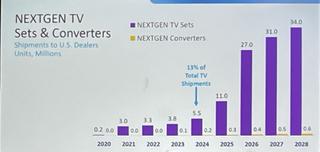
CTA doesn’t expect a big bump in sales for set top boxes for 3.0 in the near future, due to cost and limited availability, Kowalski said, adding that it’s difficult to estimate when compared to the transition to 1.0 when government incentives enable consumers to purchase low-cost converters.
Robert Folliard, senior vice president, Government Relations & Distribution at Gray Television, defended broadcasters against naysayers who criticize what many describe as a slow transition to a market-based approach to the transition to 3.0—which began when consumer sets became available in 2020—comparing the current transition to the transition from analog to digital.
“We're light years ahead of the government mandated transition that was going on 20 years ago. And I think we sometimes lose sight of how much we've accomplished, how much is available and how fast things are moving,” Folliard said. “It's only been recently that we've really started telling consumers why they should buy a set. We've sold 10 million sets and we really haven't told people why they should buy it. We're four years into this and I think sometimes we get upset because we aren't at the finish line yet.”
Awards were announced at the conclusion of the meeting with Dr. Sung-Ik Park of Korea’s Electronics and Telecommunications Research Institute (ETRI) receiving the organization’s Mark Richer Industry Leadership Medal and Ali Dernaika of Hewlett Packard Enterprise (HPE) receiving the Bernard J. Lechner Outstanding Contributor Award.
Tom has covered the broadcast technology market for the past 25 years, including three years handling member communications for the National Association of Broadcasters followed by a year as editor of Video Technology News and DTV Business executive newsletters for Phillips Publishing. In 1999 he launched digitalbroadcasting.com for internet B2B portal Verticalnet. He is also a charter member of the CTA's Academy of Digital TV Pioneers. Since 2001, he has been editor-in-chief of TV Tech (www.tvtech.com), the leading source of news and information on broadcast and related media technology and is a frequent contributor and moderator to the brand’s Tech Leadership events.

